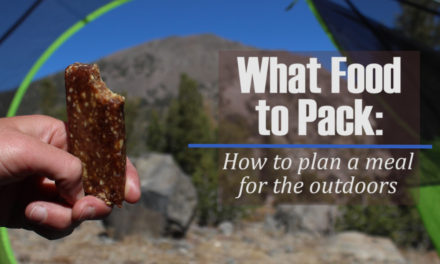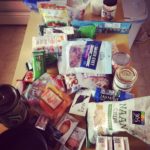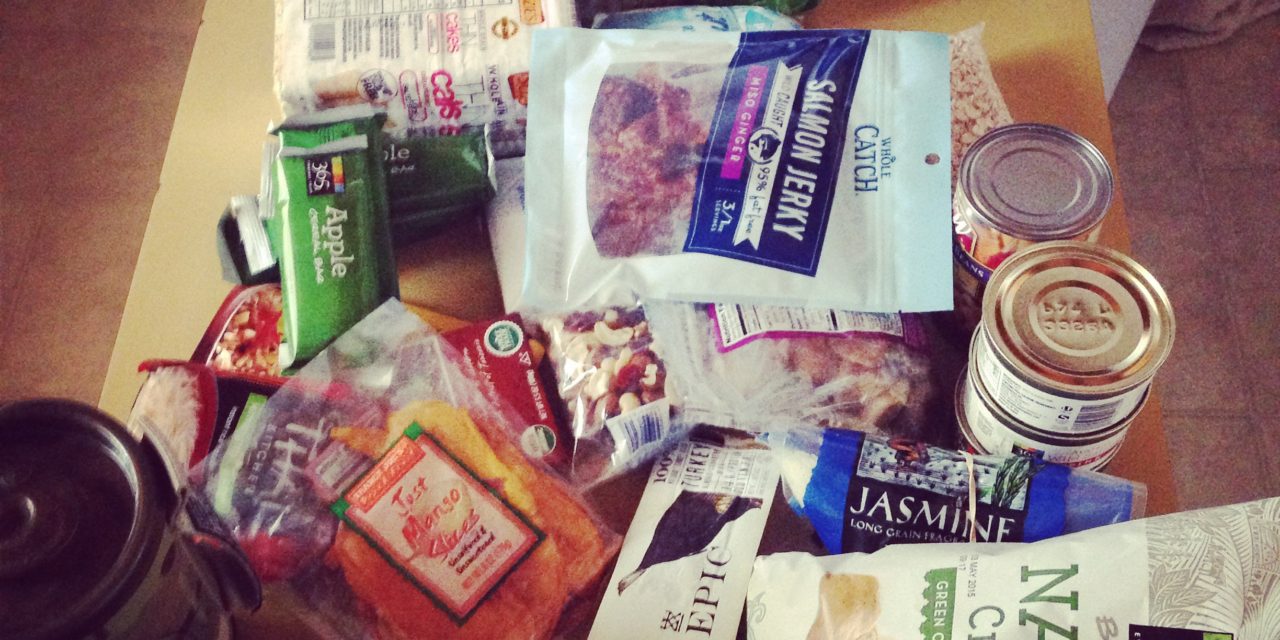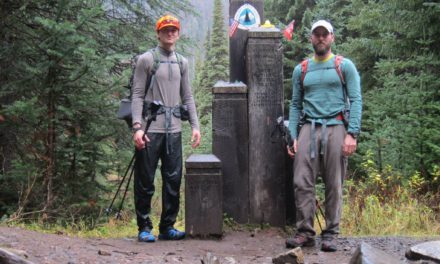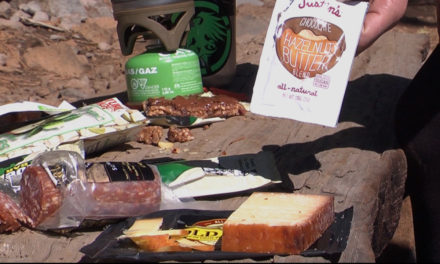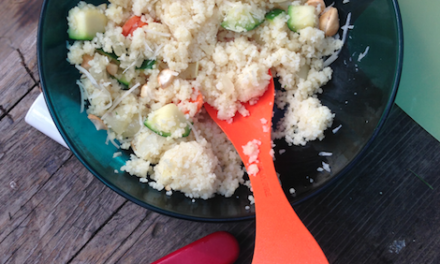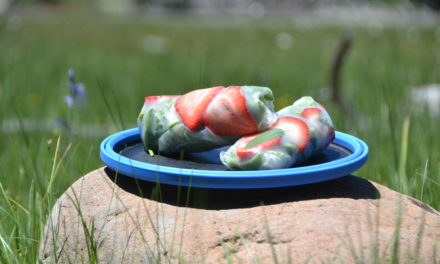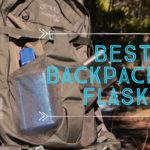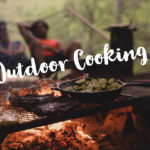
Wilderness Diet & Nutrition Tips
Nutrition in the backcountry means supplementing your body with the right foods to support speed, dexterity, mental clarity, strength and endurance. This is an overview of several great resources to help you prepare for you next trip in the wilderness.
How to calculate calories
Knowing the amount of energy your body needs to participate in any outdoor activity is the first step in planning your meals. Don’t forget to factor in weather, because cold weather means your body is burning extra calories to stay warm. There are many resources available to you online, but these are a few of my favorites:
https://www.mapmyhike.com/improve/calorie_calculator/
https://hikingscience.blogspot.com/p/calculate-calories-burned_22.html
For an in depth understanding of thru hiking nutrition visit this site:
https://thru-hiker.com/articles/pack_light_eat_right.php
What is caloric density/how to calculate food weight?
Figuring out the caloric density of foods will help you choose what foods work best for your pack and your caloric needs. Caloric density can be found by dividing a food’s calories by it’s weight.
For example: Olive Oil has 119 calories in 0.5 oz; which means 119/0.5= 238
On the other hand: An Orange has 45 calories and weighs 4.6 oz; 45/4.6= 9.8
These examples show us that lighter, calorie packed foods are going to have more use to a person carrying their food in the wilderness, than a heavy piece of fruit that doesn’t provide as much fuel to the body. Try vitamins or powdered drinks to make up for the orange’s vitamins.
How to calculate food pounds per person
Prezi put together a fantastic tutorial to help you figure out the amount of food weight each person needs to carry:
https://prezi.com/siu-xu9hvtxa/backcountry-nutrition/
What is backcountry nutrition
There are many ways to personalize your nutrition, and there is no one right way that works for everyone. However, this is a general guideline of how many people supplement their diet in the backcountry: 50% Carbohydrates (simple & complex), 30% Fat, 20% Protein, 10% vitamins/minerals
- Simple Carbohydrates – They are the quickest source of energy. Simple carbs digest very quickly and rapidly increase blood sugar. Eat them when you need a boost of energy. They can be found in: Chocolate, fruits, vegetables, 100 percent fruit juice, honey, sugar, cane juice, milk and yogurt, refined foods (white flour)
- Complex Carbohydrates – Slow-burning, high-fiber carbs are digested gradually, supplying you with a steady stream of energy. Eat all day for steady, sustained energy. They can be found in: Whole grain oats, quinoa, granola, powdered soy milk, pasta, brown rice, cereals, starchy vegetables
- Fat – The body uses fat to absorb fat-soluble vitamins. Fat also supplies energy to our body, cushions organs, insulates us, and is used to build cell membranes. The best fats have anti-inflammatories which inhibit the enzymes that cause inflammation (helps sore muscles). They can be found in: Nuts, seeds, coconut chips, oils, peanut butter, healthy unsaturated fat (fish), butter, avocado
- Protein – The amino acids in proteins create the enzymes that regulate metabolism, repairing tired muscles, and boosting the immune system. Eat early morning, post-workout, between meals, before bed. They can be found in: Legumes, cheese, meat, fish, nuts, seeds, dairy, (light amt. from carbs)
- Vitamins/Minerals – Don’t overdue it in the backcountry. Stick to your normal routine and try and find foods that work with your backcountry diet, but also have needed vitamins and minerals. You can also take a multi-vitamin or try powdered drinks. If you’re a vegetarian, remember to pack food with iron.
What to pack
Listed below are items that are easy to forget or overlook but can help make a big difference to your camp kitchen:
- Interchangeable ingredients (ex: coconut oil, hemp seeds, jerky)
- Foods that keep up with you….quick snacks for when you’re moving, meals when you relax.
- Spices, oils and condiments
- Utensils, cutting board, towel, clean-up supplies, ziplock bag, trash bag, knife
- Spare food for In Case Of Emergency/back-up meals
- Powdered drinks with vitamins, calories, & flavor for treated water
- Indulge with rewards
How long does food last unrefrigerated?
If you’re planning on bringing fresh foods with you in the backcountry, use these resources to figure out how long your food will last without refrigeration:
https://www.bethandevans.com/pdf/livingwithoutrefrigeration.pdf
https://www.outdoorblueprint.com/read/balancing-calorically-dense-vs-fresh-food/?pp=1
When it comes to eating in the backcountry everyone has their own style, dietary needs, and personal preferences. There is no one right way that works for everyone, so hopefully this nutritional overview helps answer some questions and guides you in the right direction. Remember, your body needs nutrition and fuel to optimize performance. Treat your body right, just because you’re roughing it, doesn’t mean you have to compromise taste and nutrition!


